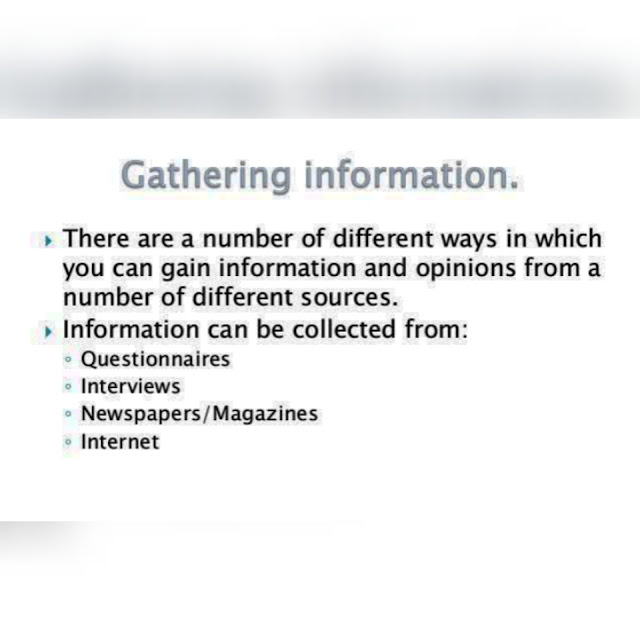Information Gathering
Information Gathering is the act of accumulating different kinds of information against the targeted victim or system. There are sundry implements, techniques, and websites, including public sources such as Whois, nslookup that can avail hackers amass information.
In most of the organizations, information gathering refers to collection of large amount of data from various sources. This data is further analyzed to solve a particular problem or situation. However, in specialized industries like air force, military etc., information gathering is a special skill that requires training and education of people involved. This training is based on methods and sources of gathering information.
SOURCES USED IN INFORMATION GATHERING:
Generally, source used in information gathering are of two different types:
- Existing source.
- Natural source.
- Existing source: it refers to those sources of information that can be found on internet or some other social media and thus information can be easily retrieved and used.
- Natural Sources: It refers to those sources of information which exist in the market but one has to do a lot of research to compile this information. Eg. Information regarding some product, people who have already tried that product, their experiences, feedback etc.
PURPOSE OF INFORMATION GATHERING:
The purpose of the collection of information in order to improve the organization and to strengthen your organisation, to ensure that it is fully open. ... In addition, it is important to visually explore the views of stakeholders in the subjective data, including reviews from customers, prospective customers, employees, members, donors, etc.).
Researchers are keen to gather information on various topics for the following reasons:
- Enhance knowledge related to a particular subject.
- Develop various skills for problem solving.
The purport of information amassing is to fortify the orchestrating of your organization's work to become more plenarily inclusive. It is paramount to visually examine available facts -- objective information, including demographics and best practices. The topics below will guide you through the information-amassing process.
REQUIREMENTS OF GATHERING TECHNIQUES:
Brainstorming Technique
- Idea generation.
- Idea reduction and voting.
Mind Mapping Technique
- Use emphasis.
- Use association.
- Be clear.
- Layout.
Use Case Workshop Technique
- Most popular.
- Collect requirements in step-by-step manner.
- Helps understanding the details.
- Easy to document and written in natural language.
Techniques describe how tasks are performed under categorical circumstances. A task may have none or one or more cognate techniques. A technique should be cognate to at least one task.
TECHNIQUES OF INFORMATION GATHERING :
The techniques of information gathering are as under:
- Analysis is done to understand business functions and requirements.
- Model of the existing system is created and changes are suggested as per requirements.
- Logical explanations and discussions are carried out to implement suggested changes.
- Balance is maintained between current system and required new system.
- Final design is created as per customer's requirement.










1 Comments
Amazing... keep it up
ReplyDelete